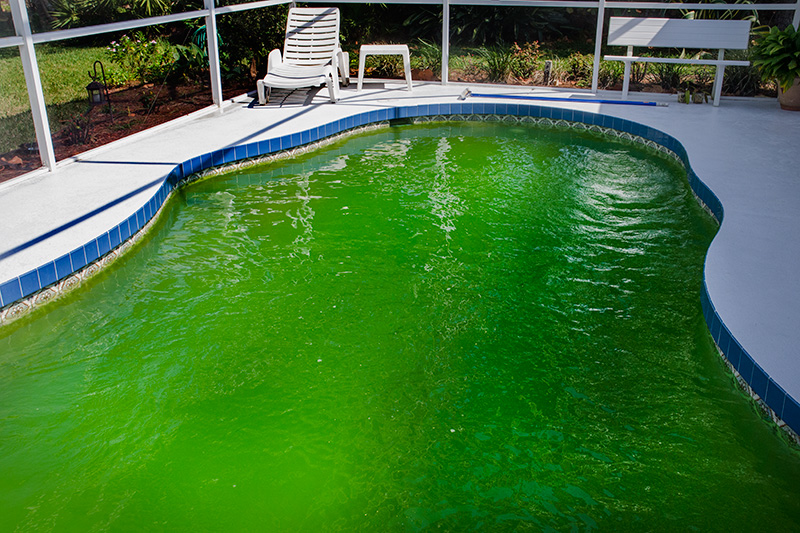
The pool table has been around since the beginning, even though no one knows the inventor. The earliest records of the game date back to the 1500s in Northern Europe. It was loved by all ages. It has remained immensely popular in the United States throughout many years.
The original version of pool was played with grass or a board having a hole at the center. It was played with object balls that were numbered from one to fifteen. The game was similar to croquet, in that the player shoved the ball rather than striking it. People started using a wooden stick, called a "mace", to strike the ball in the 1600s.
The game was enhanced with the additions of a cuestick, wooden hoop, as well the balls. The game was very popular in Europe and spread quickly to the United States. It wasn't until the Industrial Revolution that this game became very popular around the world.

Although the history of the game is not clear, there are many people who contributed to its creation. First, King Louis XI of France is credited with the invention of the indoor billiard table. It became a popular pastime in England after the Industrial Revolution. The French nobility also enjoyed the game.
In the 1840s, the game quickly became a favorite sport and was brought to the United States. Billiards tournaments took place all across the country, as many of the early settlers brought it to the United States. The game became popular in nicer saloons, and the cost of the equipment was prohibitive to the lower classes.
The history of the game was made more complicated when ivory became a ball material. Original ivory was made from elephant tusks. Ivory became increasingly popular in the 17th Century, but it wasn't indestructible.
In the 1920s, pool balls made from ivory were replaced with a new material. The new ball material, which was a mixture of camphor and nitrocellulose, could explode if struck with extreme force.

The composite ball was the new name for this ball material. The nitrocellulose wasn't very stable, but it was a more inexpensive replacement for ivory. After some time, the stick was abandoned along with the hoop. The cue tip was also made from leather, which allowed for better ball hitting.
It continued to evolve and, in the late 1800s it became a popular game in the United States. John Wesley Hyatt was a billiards player who invented a ball of camphor and nitrogencellulose in the late 1870s. This ball material was unstable, and it could explode if hit with extreme force.
Michael Phelan - a successful pool player - was another significant figure in the evolution of the game. Phelan was born in Ireland and emigrated to the United States with his father. Michael then entered the pool hall business. He eventually wrote a book about pool that inspired a new generation to abandon ivory balls.